Top 10 Chinese Xuan Paper Brands: Selection Guide & Care Tips
Many calligraphy enthusiasts wonder which brand of Xuan paper is best. As someone who has practiced Chinese calligraphy for over a decade, I’d like to share my experience and knowledge about the top 10 Xuan paper brands in China. This comprehensive guide includes information on paper types, selection methods, care instructions, paper sizes, and answers to common questions. I’ve also compiled a list of stores where you can purchase these premium papers online. These brands are listed in no particular order, and I hope this information proves helpful.
Top 10 Chinese Xuan Paper Brands
- Red Star (Hong Xing) Xuan Paper
- Double Deer (Shuang Lu) Xuan Paper
- Wang Tonghe Xuan Paper
- Jie Xing Xuan Paper
- Wang Liuji Xuan Paper
- Ming Xing Xuan Paper
- Tong Xing Xuan Paper (No online store found)
- Tao Ji Xuan Paper
- Wan Xing Xuan Paper (Not found)
- Jing Xing Xuan Paper (Not found)
Types of Xuan Paper
Based on Processing Method
Xuan paper can be categorized into three types based on processing methods: raw (Sheng Xuan), treated (Shu Xuan), and semi-treated (Ban Shu Xuan).
1. Raw Xuan Paper (Sheng Xuan)
Raw Xuan includes varieties such as Jia Gong, Yu Ban, Jing Pi, Dan Xuan, and Mian Lian. This unprocessed paper has strong water absorption and penetration properties, producing rich ink variations. It’s excellent for splash-ink techniques and creates beautiful water-ink diffusion effects with deep, rich artistic results. Landscape painters often prefer it for freestyle work. While raw Xuan creates interesting ink effects, brush strokes are immediately fixed as the ink spreads quickly, making it challenging to control.
For calligraphy, most practitioners choose slightly more processed paper rather than completely raw paper. For Chinese painting, the choice depends on the specific style.
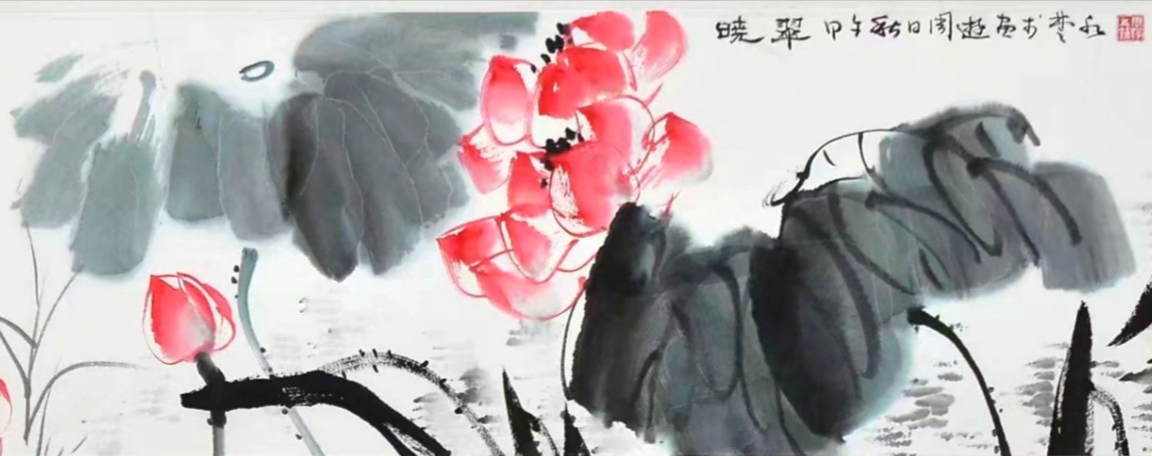
Raw Xuan paper showing layered ink diffusion with beautiful effects
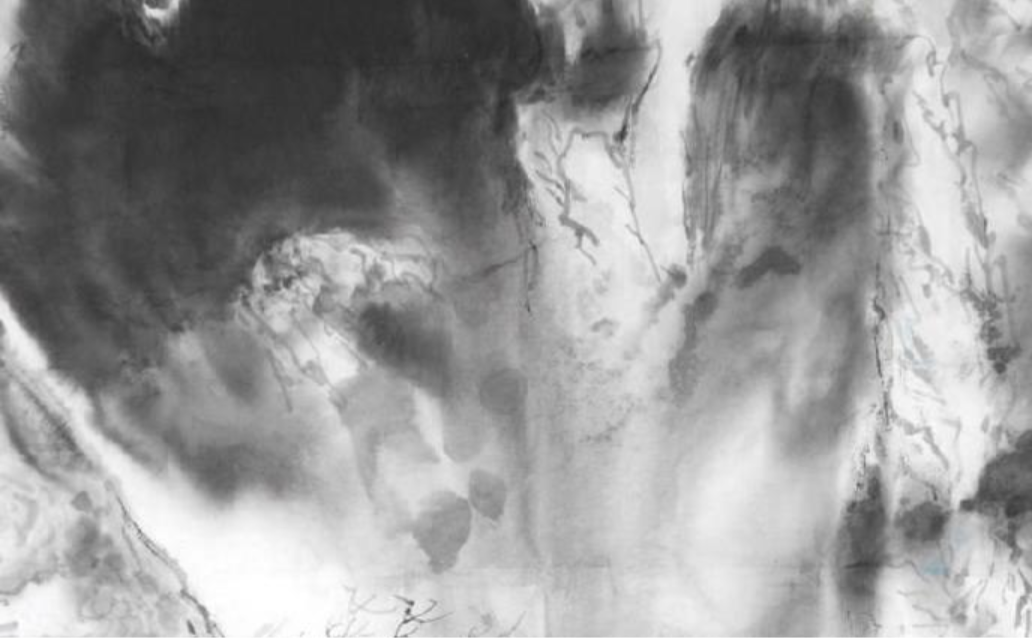
A painting created on relatively raw paper
2. Treated Xuan Paper (Shu Xuan)
Treated Xuan paper is processed with alum and other substances, making it harder than raw paper with weaker absorbency. This prevents ink and colors from spreading too much. Due to these characteristics, treated paper is more suitable for fine-line (Gong Bi) painting rather than freehand ink paintings.
A downside is that treated paper may develop “alum leakage” or become brittle when stored for long periods. Treated paper can be further processed into decorative papers like Coral Paper, Mica Paper, Cold Gold Paper, and Gold-Sprinkled Paper.
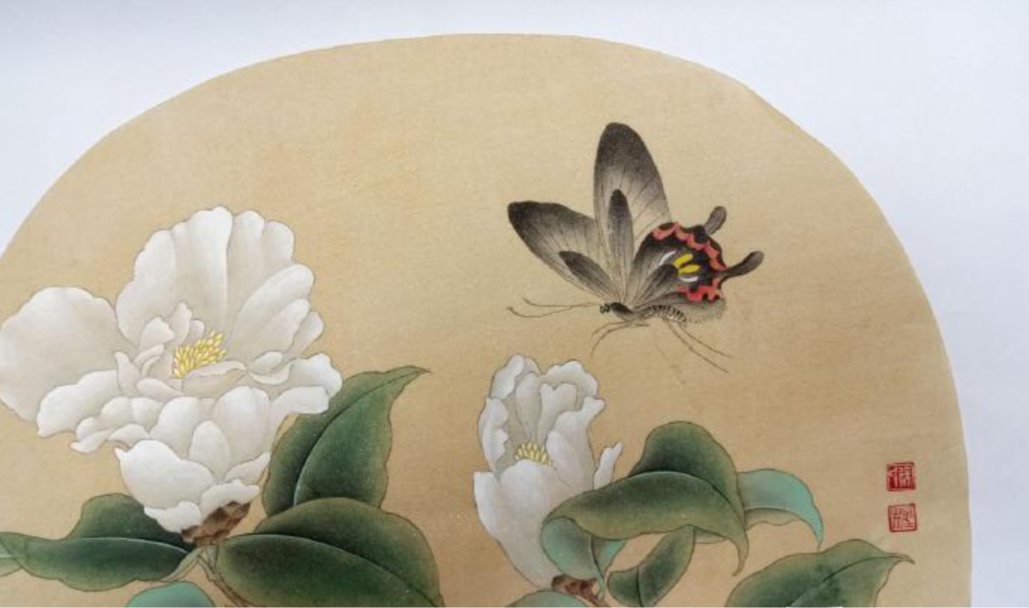
A fine-line painting created with treated Xuan paper

A bookmark using more treated Xuan paper that doesn’t allow ink to spread at all
3. Semi-Treated Xuan Paper (Ban Shu Xuan)
Semi-treated paper is processed from raw paper, with water absorption capacity between raw and treated paper. “Yu Ban Xuan” belongs to this category.
Professional calligraphers typically prefer semi-treated paper for creating artwork, seeking the effect where ink slightly spreads but remains controlled. Beginners generally prefer more treated paper as it prevents ink from spreading even when the brush pauses during stroke transitions.
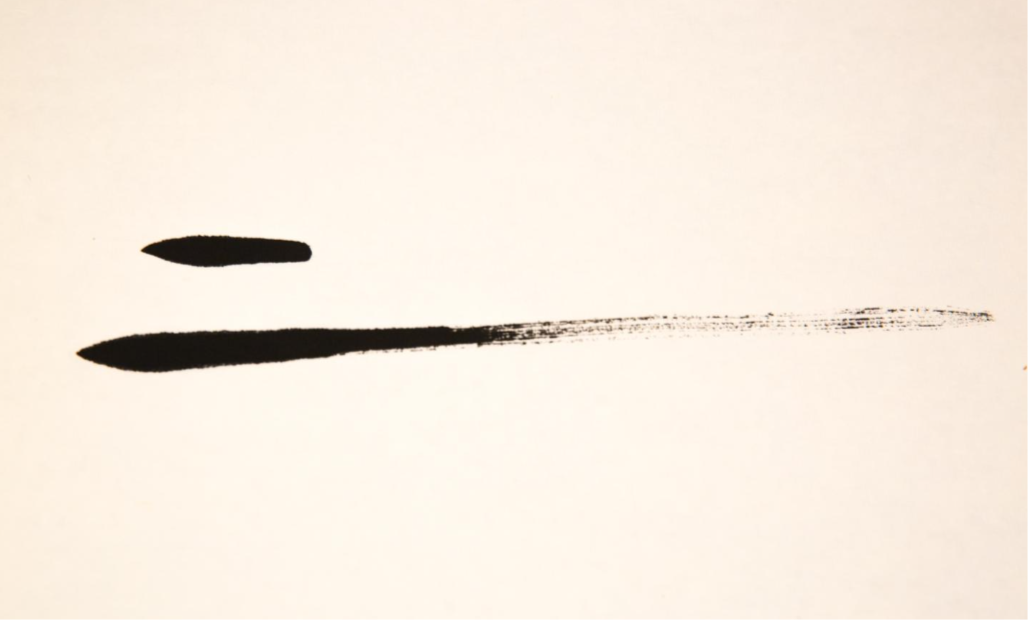
Paper showing slight ink diffusion at the beginning of brush strokes. Advanced practitioners of cursive script typically prefer this semi-treated Xuan paper for their creative work.
Based on Material Composition
Xuan paper can be classified into three main categories based on raw material ratio: cotton material, pure bark, and special pure bark.
1. Cotton Material Xuan Paper
Cotton material Xuan paper primarily uses rice straw with 30-40% blue sandalwood bark content. It’s thinner, lighter, soft, and has a smooth feel with strong ink absorption. It’s suitable for general painting and calligraphy but, being thin, isn’t ideal for heavy brush pressure.
2. Pure Bark Xuan Paper (Jing Pi)
Pure bark paper contains over 60% blue sandalwood bark content with a small amount of rice straw. It’s sturdy yet soft, making it suitable for both calligraphy and painting.
3. Special Pure Bark Xuan Paper (Te Pi)
Special pure bark paper contains over 80% blue sandalwood bark. The single-layer special pure bark Xuan paper from Anhui received the National Gold Medal in 1979.

When held against light, paper showing dense fibrous material indicates high sandalwood bark content
This paper absorbs ink evenly, holds color well, and shows clear brush strokes. For freestyle painting, it creates distinct layers with bright colors. For detailed paintings, it offers better control of brush and ink. For calligraphy, it produces bright ink colors that don’t fade over time. Generally, the higher the bark content, the better the paper can withstand tension and the higher the quality.
In terms of effects, higher bark content paper better displays rich ink layers and superior ink absorption, withstanding repeated brush strokes without tearing. This explains why cotton material paper is often used for calligraphy while bark-based papers are preferred for painting—not that pure bark paper can’t be used for calligraphy, but cotton material paper generally meets calligraphy needs (unless your style requires repeated brushwork in the same area).
Based on Size
Xuan paper comes in various sizes: 4-foot (Si Chi), 5-foot (Wu Chi), 6-foot (Liu Chi), 8-foot (Ba Chi), 12-foot (Zhang Er), and 16-foot (Zhang Liu Chi).
You can refer to this article for information on Xuan paper sizes:
How to Fold Xuan Paper for Chinese Calligraphy: Complete Size Guide and Folding Methods
Based on Thickness
Xuan paper can be classified as Zha Hua (thickest), Mian Lian (thick), Dan Xuan (single layer), and Jia Xuan (sandwiched layers).
Based on Texture
Xuan paper textures include Single Silk Road, Double Silk Road, Luo Pattern, Turtle Pattern, and White Deer. There are also variants like alum-treated paper, cicada wing paper, colored gold-sprinkled paper, antique-style paper, and watermark tile-end paper, totaling over 60 varieties.
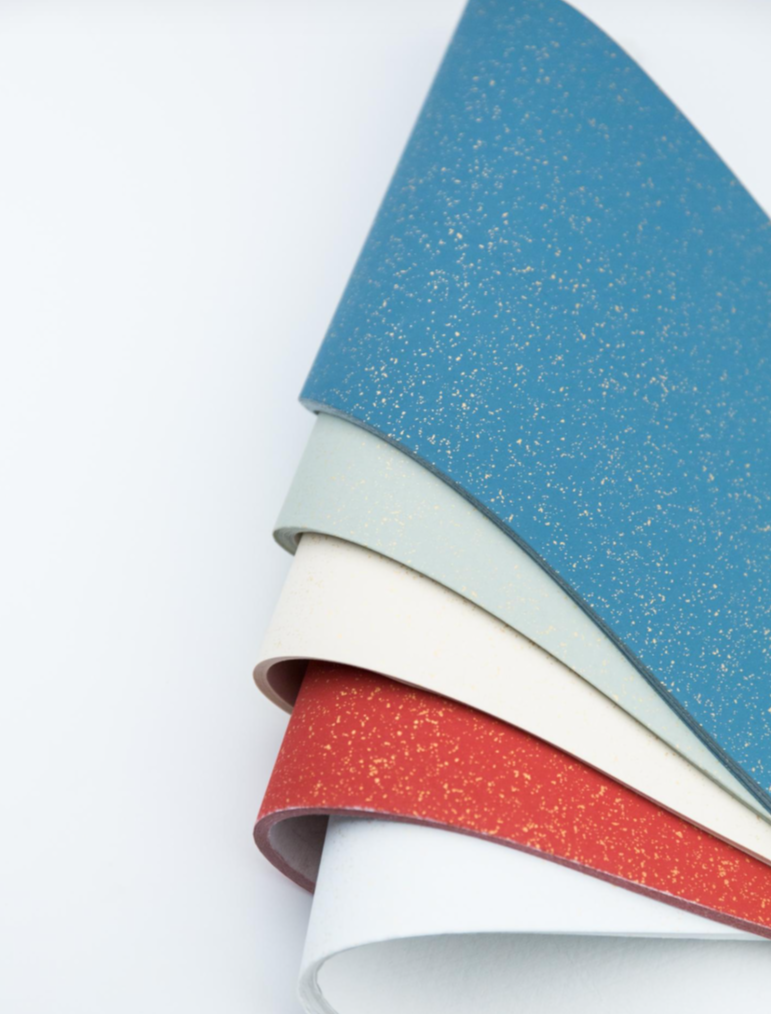
Colored gold-sprinkled wax-dyed Xuan paper
How to Select Xuan Paper
For beginners, a simple rule: thin paper is better for painting, thick paper for calligraphy; single-layer paper for painting, sandwiched layers for calligraphy. However, this isn’t absolute and depends on personal preference. For most beginning calligraphy students, I recommend machine-made or handmade rice paper (Mao Bian Zhi) made from bamboo.
When selecting Xuan paper, you should have some basic knowledge of paper types. Generally, pay attention to:
Visual Inspection
Good paper isn’t necessarily pure white—too white indicates excessive bleaching agents, which is detrimental for long-term preservation. The paper should be white but not harsh to the eyes, with soft reflection. It shouldn’t have grass stems, sand particles, tears, holes, or other attachments.
Touch Feel
The paper should feel smooth, delicate, uniform in thickness, with some resistance despite its smoothness.
Shake Test
Good paper feels soft, not brittle. If it makes a crackling sound or feels stiff, it’s not good Xuan paper.
Ink Test
With good paper, ink should be absorbed quickly and spread evenly without jagged edges. When adding a second ink drop, after the first dries, there should be clear layering, distinct ink marks, and a fine white trace between the two ink drops.
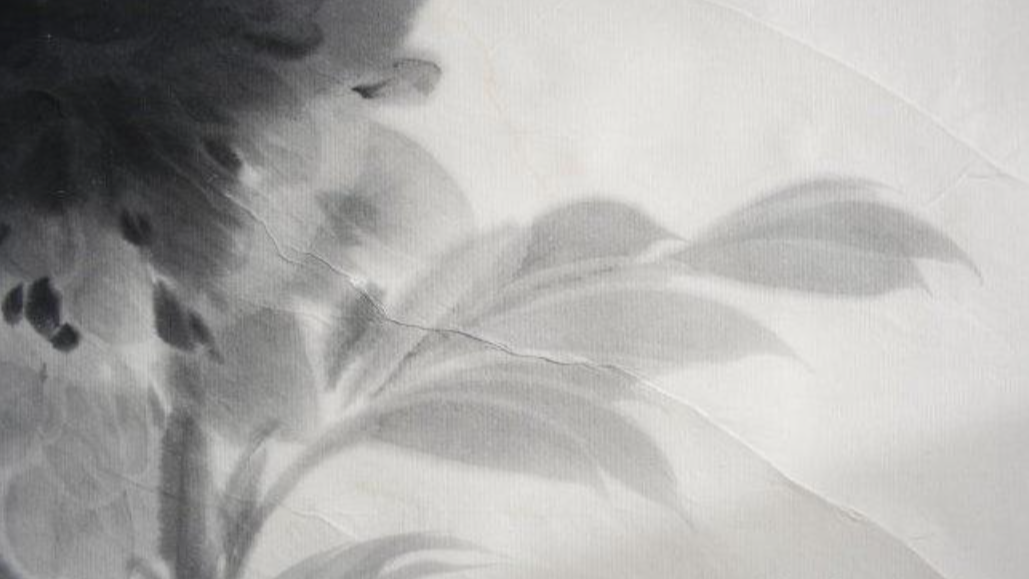
Notice the white lines between leaves? That’s the mark of quality Xuan paper for painting.
Xuan Paper Care Instructions
Proper care of Xuan paper is crucial. Raw Xuan paper can be stored for long periods, but treated paper shouldn’t be stored too long as it may develop “alum leakage” or become brittle. Experts know that paper, when properly stored, improves with age. Storage quality significantly impacts artwork longevity.
Moisture Protection
Xuan paper is made from blue sandalwood bark and rice straw. Raw Xuan paper is highly absorbent and can easily absorb moisture from the air and collect dust when exposed. The correct storage method is to wrap Xuan paper tightly in moisture-proof paper and place it on a high shelf in your study or room. On clear days, open doors, windows, and cabinets to allow natural evaporation of absorbed moisture (once or twice a year is sufficient to prevent mold growth from excessive moisture).
Insect Protection
While Xuan paper is called “thousand-year paper,” it’s not absolutely invincible. For protection against insects, you can place one or two mothballs with your stored paper.
Additional Precautions
- If your Xuan paper becomes damp, don’t sun-dry it. Instead, unwrap the moisture-proof covering and let it dry naturally in fresh air on a clear day. Sun exposure affects the paper’s longevity and performance.
- Store Xuan paper away from cooking smoke and humidity.
Common Questions About Xuan Paper
Q: Is raw or treated Xuan paper better for calligraphy?
A: This question assumes you’re using Xuan paper for finished artwork rather than practice, as genuine Xuan paper is quite expensive (unless you’re using “Xuan paper” as a general term for white paper used for calligraphy).
For practice, I personally recommend using more treated paper for beginners, as they’re less familiar with brush strokes and might pause during writing, which could cause ink blotches. However, some teachers recommend raw paper for calligraphy as it can enhance character strength and fullness—this advice likely applies to creating finished works. Raw paper can also be used for freestyle painting for a spontaneous effect. Large calligraphy pieces hanging on walls are typically created with raw or semi-treated Xuan paper. For fine-line painting, you must use treated paper, and small-character calligraphy also requires treated paper. For beginners practicing calligraphy, I recommend rice paper (Mao Bian Zhi).
Q: What are the differences and uses of raw and treated Xuan paper?
A: Treated paper is processed with alum water, which prevents ink penetration. It allows for detailed, meticulous painting and repeated color application, suitable for blue-green heavy-color landscapes to create brilliant effects. Raw paper hasn’t been processed, has strong absorption and penetration properties, and easily produces rich ink variations, making it popular for freestyle landscape painting.
Treated paper makes ink control easier but can appear smooth and stagnant. Raw paper offers more ink interest but fixes brush strokes immediately with rapid ink diffusion, making it harder to control. Many landscape painters prefer semi-treated paper because it offers ink variation without excessive diffusion, making techniques like texture strokes, rubbing, dotting, and dyeing easier to control while expressing complex brush and ink effects. You can make your own treated paper by dissolving a small amount of alum in cold water and evenly brushing it onto raw paper with a flat brush, ensuring complete coverage without missed spots. The alum water concentration determines the paper’s raw/treated level—test by touching your tongue to the alum water; slight astringency is appropriate, excessive astringency will make fully treated paper.
Q: How to quickly distinguish between raw and treated Xuan paper?
A: For a quick test, place a drop of water on one corner and observe: if it spreads, it’s raw paper; if it doesn’t spread, it’s treated paper. The prerequisite is that you have genuine Xuan paper!
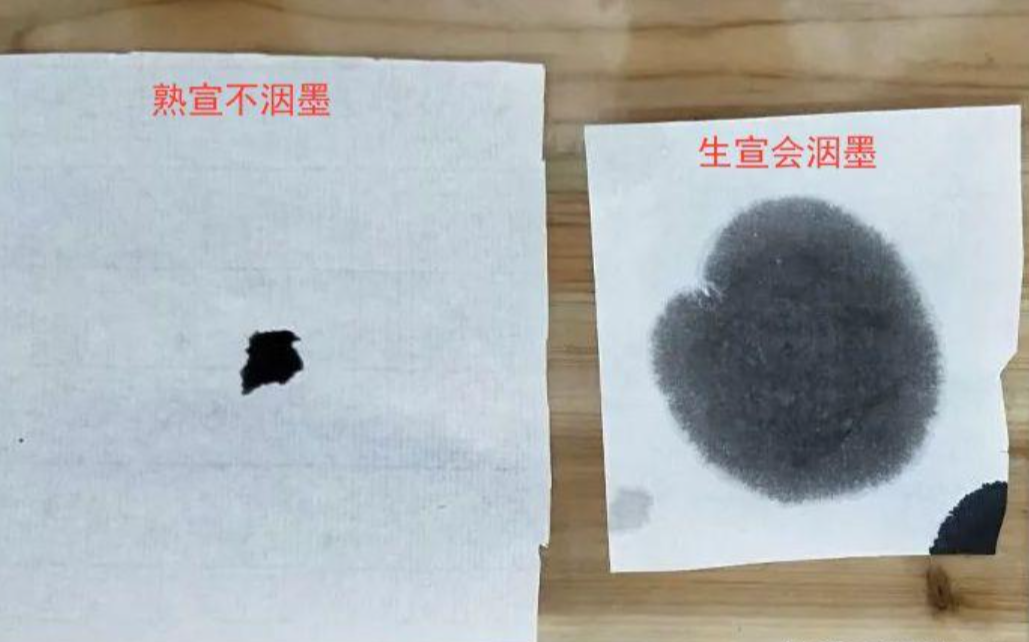
The treated paper on the left shows an ink drop that doesn’t spread, while the raw paper on the right shows diffusion.
Q: What’s the difference between artist paper and Xuan paper?
A: Few factories still maintain the ancient methods of making Xuan paper. During my research in Jing County, Anhui Province, I found over a hundred Xuan paper factories, but only some major brands persist with traditional manufacturing methods.
To recap Xuan paper’s definition: it’s primarily composed of blue sandalwood bark fiber and rice straw. Raw Xuan paper made according to traditional methods is divided into three categories based on sandalwood bark content: Special Pure Bark (80%), Pure Bark (60%), and Cotton Material (30-40%). The remaining percentage is local rice straw fiber. With equal craftsmanship, higher sandalwood bark content means better quality and higher price.
Any paper without sandalwood bark fiber is not genuine Xuan paper.
Artist paper contains no sandalwood bark component; it’s made following Xuan paper techniques but is a popularized version that generally can’t achieve the same ink effects or preservation longevity. In reality, only a few manufacturers specify the sandalwood bark content on their Xuan paper certificates.
From a technical perspective, genuine Xuan paper requires high water quality and natural environment standards. The raw materials—blue sandalwood bark and rice straw—need repeated soaking, washing, steaming, and sun-drying, naturally bleached through exposure to sun and rain. They’re then processed into bark pulp and straw pulp, mixed in different ratios according to product requirements, followed by hand processes of papermaking, drying, and cutting. From raw material preparation to finished paper takes over two years with more than 100 steps. Genuine Xuan paper is typically expensive and used for creating artwork rather than calligraphy practice.
Artist paper has lower water quality and technical requirements, with most production involving only 10-20 steps. With industrial acceleration, most use mechanical pulping, bleaching, and steaming with chemical materials, with production cycles of just a few days. Compared to genuine Xuan paper, artist paper is more affordable and typically used for practice.
If you have further questions, you can Google “qimingcalligraphy” and leave me a message.
It took me an entire morning to compile this article and research related information, so if you repost it, please credit the source. Thank you! If you found this helpful, please share it with more friends.
For more articles on Xuan paper, you might find these helpful:
What is Xuan Paper Made of? Complete Materials Guide
How to Prevent Ink Bleeding When Writing Chinese Calligraphy on Xuan Paper
Best Paper Types for Chinese Calligraphy Beginners – Complete Guide

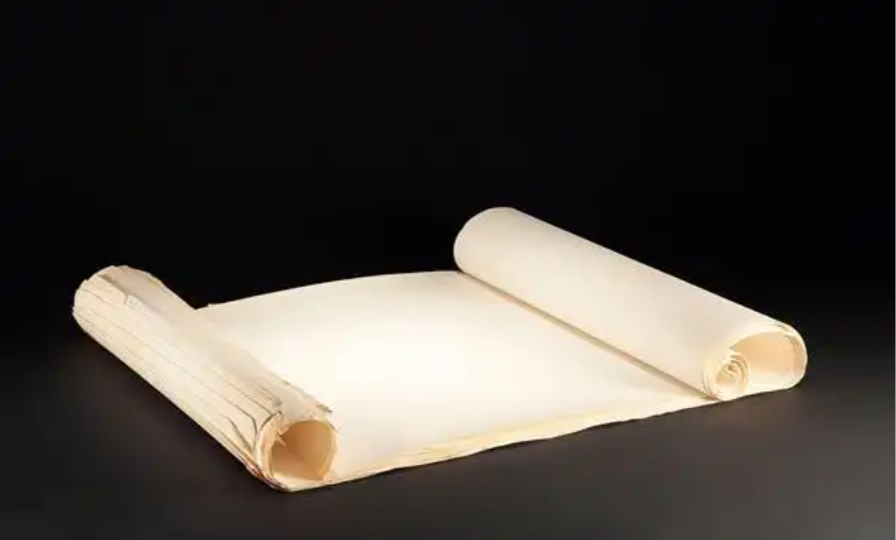
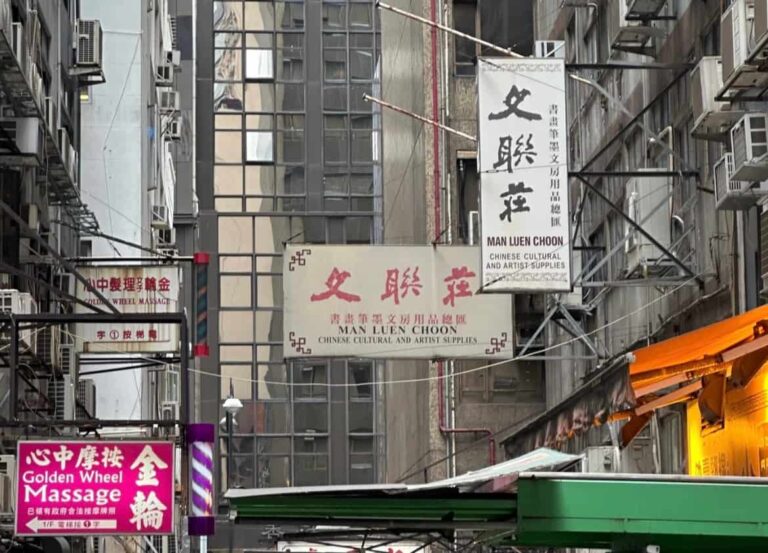

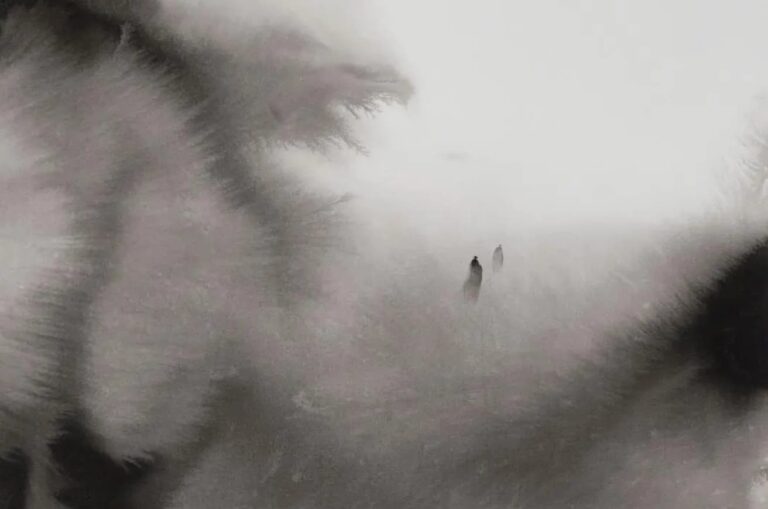
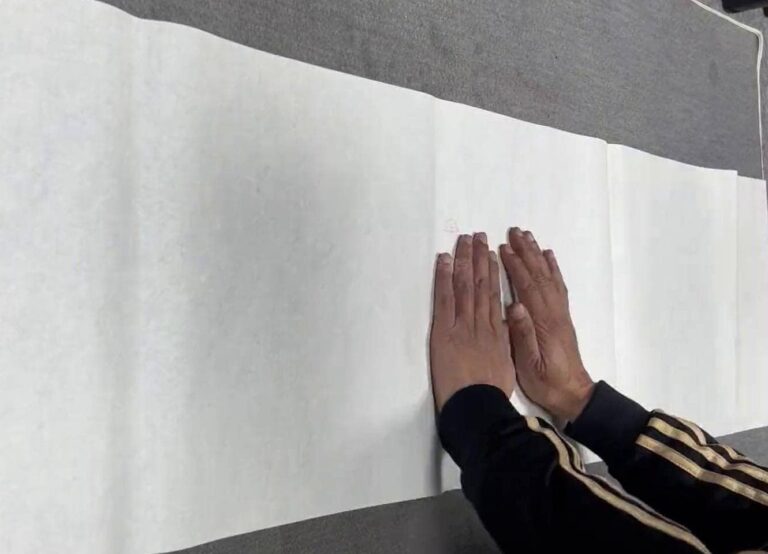


hello!,I like your writing so much! share we communicate more about your post on AOL? I require a specialist on this area to solve my problem. May be that’s you! Looking forward to see you.
Of course you can, if you want, you are welcome to add my WeChat (ID:liuqi919)
F*ckin’ tremendous things here. I am very glad to see your article. Thanks a lot and i am looking forward to contact you. Will you kindly drop me a mail?
Thank you for enjoying my article. My email is lqkimilau@gmail.comRetryClaude can make mistakes. Please double-check responses.
Your mode of explaining everything in this piece of writing
is truly good, all can easily know it, Thanks a lot.
Thank you. It seems you also really love Chinese calligraphy.
I’m not sure why but this site is loading very slow for me. Is anyone else having this issue or is it a issue on my end? I’ll check back later and see if the problem still exists.
Thank you for giving me feedback on this information. I just used relevant tools to check various metrics of my website and didn’t find the issues you mentioned. Could it be that your internet speed is relatively slow?
This is a topic close to my heart cheers, where are your contact details though?
Thank you. Feel free to reach out to me at lqkimilau@gmail.com
Hiya very nice site!! Man .. Beautiful .. Wonderful .. I will bookmark your blog and take the feeds alsoKI am glad to seek out a lot of helpful information here within the publish, we want work out more strategies in this regard, thanks for sharing. . . . . .
Thank you for enjoying my article. I will continuously update articles about Chinese calligraphy and the Four Treasures of the Study. I hope you will keep following my work. If possible, I also welcome you to share qimingcalligraphy.com with more friends who love Chinese culture.
We are a group of volunteers and starting a new scheme in our community. Your website offered us with valuable information to work on. You’ve done a formidable job and our entire community will be grateful to you.
I’m very happy that my article can be useful to you. I will continue to update educational articles about Chinese calligraphy and the Four Treasures of the Study. Thank you.
Really instructive and superb bodily structure of content, now that’s user friendly (:.
So you’re into Chinese calligraphy too? Does that include an interest in scholar’s stationery?
Does your website have a contact page? I’m having problems locating it but, I’d like to shoot you an e-mail. I’ve got some ideas for your blog you might be interested in hearing. Either way, great blog and I look forward to seeing it improve over time.
You can find my contact information at the bottom of the homepage. Alternatively, I can tell you my email directly here: lqkimilau@gmail.com